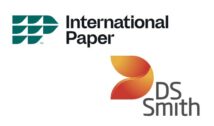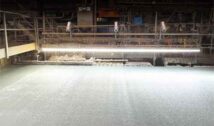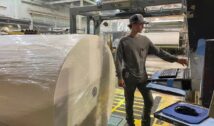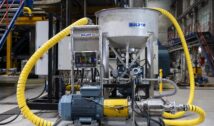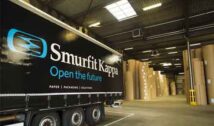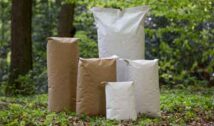
The food packaging industry continues its transition from polyethylene-based plastics to paper, which is environmentally friendly and recyclable.
Anticipating the evolution of the paper industry and committed to this market, SYNTHRON accelerates its innovations in the field of food packaging with green and bio-based barrier products.
This orientation is the result of three main factors: the ever-increasing attraction of consumers to organic foods, with vegan and vegetarian diets, plus the desire for packaging to follow this trend. Additionally, changes in consumption patterns with the sale of “take-out” food and also the adaptation of the food industry to consumer demands in favour of “green” containers.
Thus, within its existing range, SYNTHRON has launched a new range of certified bio sourced barrier products based on carnauba wax, applied in food packaging. These are natural additives, without chemical origin for food containers, which are introduced during the coating phase, downstream of the production process.
The environmental benefits of food-grade beeswax and carnauba wax varnish, that offer barrier capacity combined with insolubility to water and grease, allow the waterproofing of food packaging for real eco-efficiency.
The SYNTHRO®-WAX range was designed and manufactured at the SYNTHRON Research and Innovation Centre in Auzouer-en-Touraine in Indre and Loire. PROTEX INTERNATIONAL relies on its subsidiaries in the United States, China and Brazil, whose industrial facilities make it possible to manufacture these bio-sourced additives. These locations allow Group companies to pool their know-how within their respective laboratories, in order to design new products, while getting closer to local customers, for the benefit of the paper industry.
Robert Moor, CEO of the PROTEX INTERNATIONAL Group, said: “We aim to develop a line of sustainable solutions for the paper industry by positioning ourselves in final markets, from fibres to paper.”






